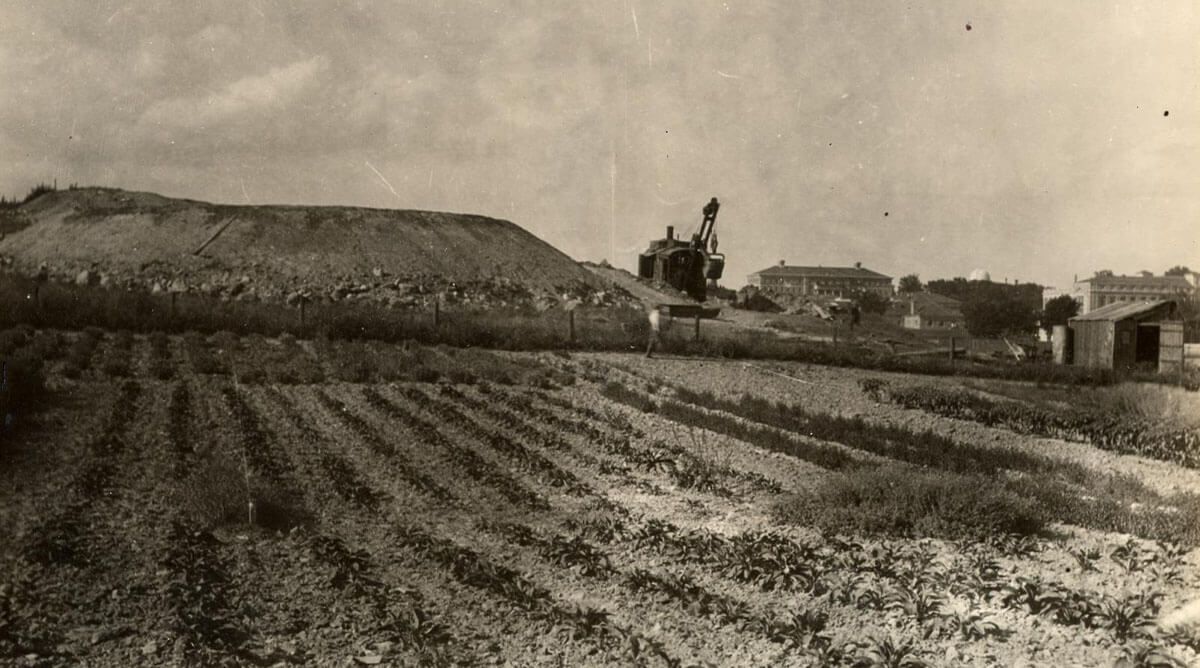To the untrained eye, New York City is a maze of subways and cement. To Kathryn Garcia ’92, it’s a community: it’s people, and she wants them to have a good day — even in the midst of a pandemic.
“I love the work of having the people of New York having a better day because their garbage got collected, because they were able to access food, because their water supply arrived, they took a shower this morning,” Garcia says. “That might have required 10,000 decisions by that current commissioner, but that person is happier today than they would have been without that.”
From 2014 to 2020, Garcia served as New York City’s commissioner of sanitation, and it’s this ethos that kept her returning to work every day, ready for whatever may be thrown her way. Dubbed Mayor Bill de Blasio’s “go-to crisis manager,” Garcia is no stranger to a city in need, and she never shies away from a challenge. And COVID-19 was the biggest challenge of her career so far.
After graduating from the UW with a degree in economics, Garcia returned to her hometown of New York City and has been serving its people ever since. In 2018, she spearheaded an initiative to eradicate childhood exposure to lead. In 2019, she was appointed vice chair and interim CEO of the New York Housing Authority. As sanitation commissioner, she’s worked with the largest sanitation department in the world, overseeing everything from trash removal to snow removal in New York’s toughest winters. This year, Garcia took on the title of “food czar” and the task of feeding a city rife with food insecurity during the COVID-19 pandemic.
Before coronavirus had even reached New York, 1.2 million residents qualified as food insecure, and 1.4 million relied on soup kitchens and food pantries to feed their households. After the virus arrived, these numbers only continued to climb.
“The amount of food insecurity is pretty astonishing,” Garcia says. “One of the things that I’ve found surprising is how some of the underlying infrastructure, [such as] whether or not there is a food pantry or a senior center, physically is not evenly distributed across the city, that there are areas in the city that may have many food pantries and areas of the city that may have none.”
Garcia was already knee-deep in pandemic preparations when she was tapped to lead what would become Feeding New York, a $170 million initiative to combat a hunger crisis in the midst of a health crisis. While she worked to keep sanitation services running smoothly with nearly 20 percent of her staff out sick, Garcia found in her systems for removal a way to provide for New Yorkers as well.
“In some ways you would think of [Feeding New York] as being very different than garbage, but in many ways it’s similar: [it’s] about creating a system that drives the logistics of moving food to people who were in need,” she says.
The ideas behind the initiative were twofold: ensuring that New Yorkers who once depended on schools and senior centers for food would still receive it, and “shoring up” the city’s existing food system. Garcia and her team addressed the first issue by turning schools into accessible food hubs for children and adults. For seniors or other high-risk folks who couldn’t leave their homes, Garcia and her team developed a food delivery system that employed nearly 11,000 drivers who had been put out of work due to the pandemic. At the program’s peak, it was delivering nearly one million meals per day.
In addition to creating new food resources, Garcia invested in the long-term success of existing food pantries and soup kitchens, where attendance nearly doubled during the pandemic’s early surge. Her office distributed $25 million in funding and opened new avenues to stock food directly from distributors. Garcia hopes that these measures will prepare the city for a dire economic situation that will far outlive the pandemic.
In a city in which 90 percent of the food supply enters via truck, Garcia kept an eye on the rest of the country’s food production woes and maintained an open dialogue with her constituents as grocery prices fluctuated.
“Looking at how do you solve the problem for the public — and that can be water supply, wastewater treatment, sanitation — these are all really systems,” she says. But the important characteristic of those systems is that they involve people. “You can do a computer program that looks absolutely perfect about how things will operate, but if you’re not taking into account the human element, it won’t be successful.”
Garcia stepped down as commissioner of sanitation in September, citing inconsistency between de Blasio’s “unconscionable” cuts to the sanitation budget and her values in wanting to best serve New Yorkers. She has also looked into a potential bid to become the city’s next mayor.
“I am not sure that I would have gotten in if I didn’t think the city needed a crisis manager at this point who would be really focused on core services for city residents,” she recently told the Gotham Gazette.
It’s her human-centered approach that suits her for leadership.
“I think that what [de Blasio] has turned to me for is my ability to work in this system, but also create really great teams,” she says. “There are folks who are incredibly creative and thoughtful and who helped make it work, and I think that having the leadership skills to attract that kind of talent is very important.”






